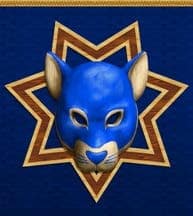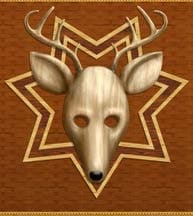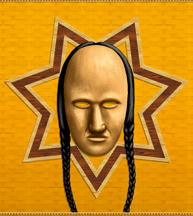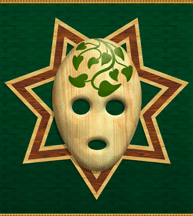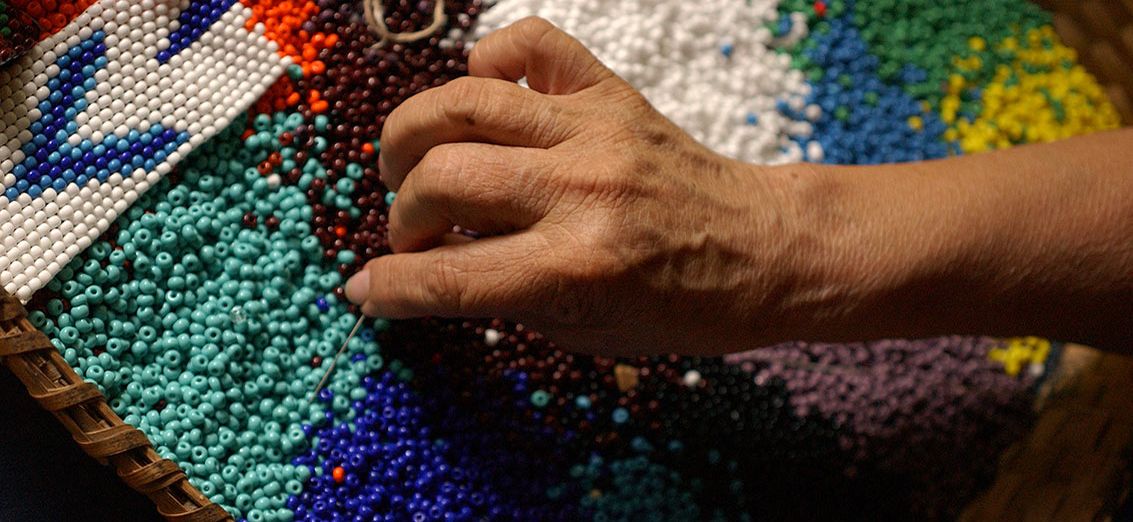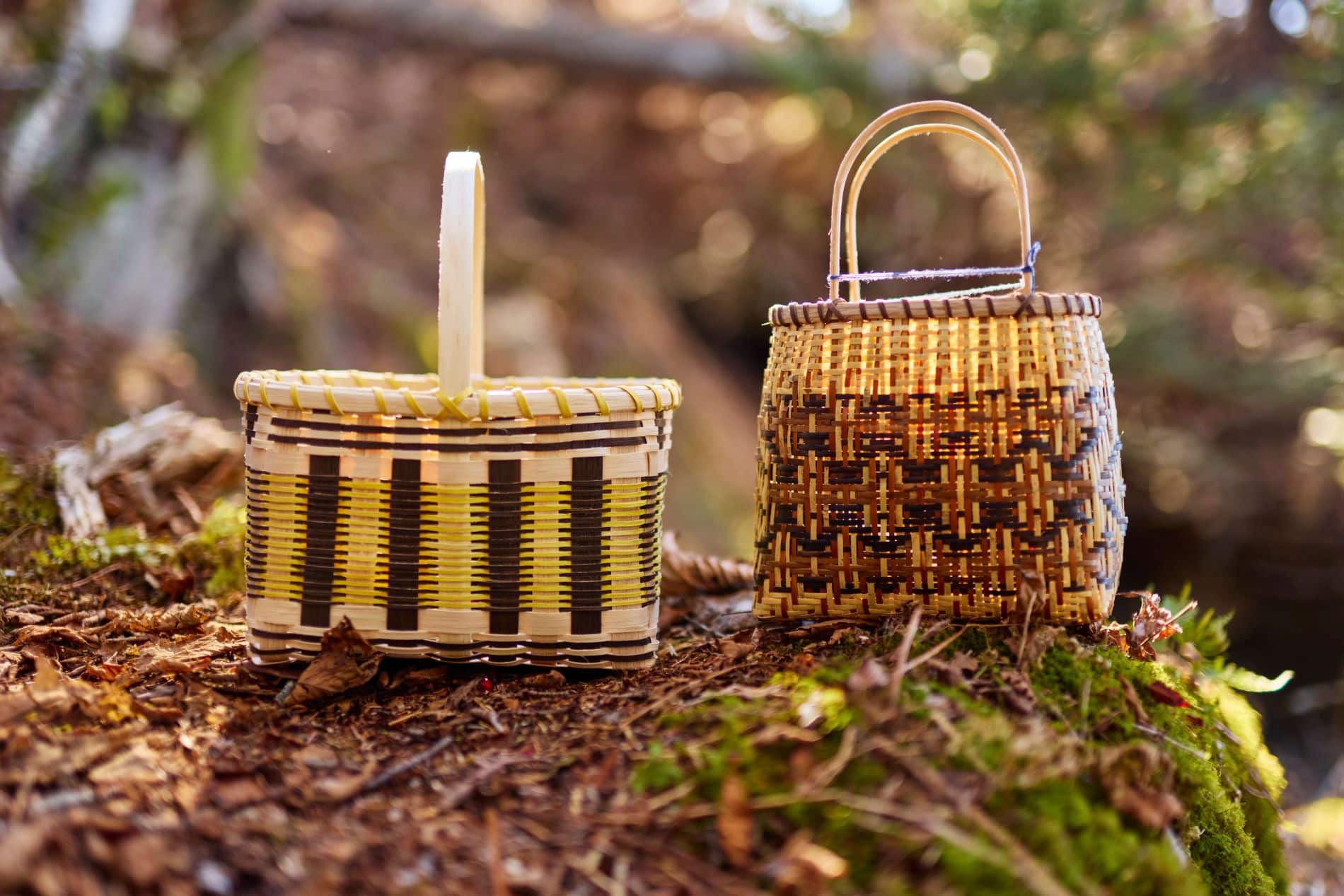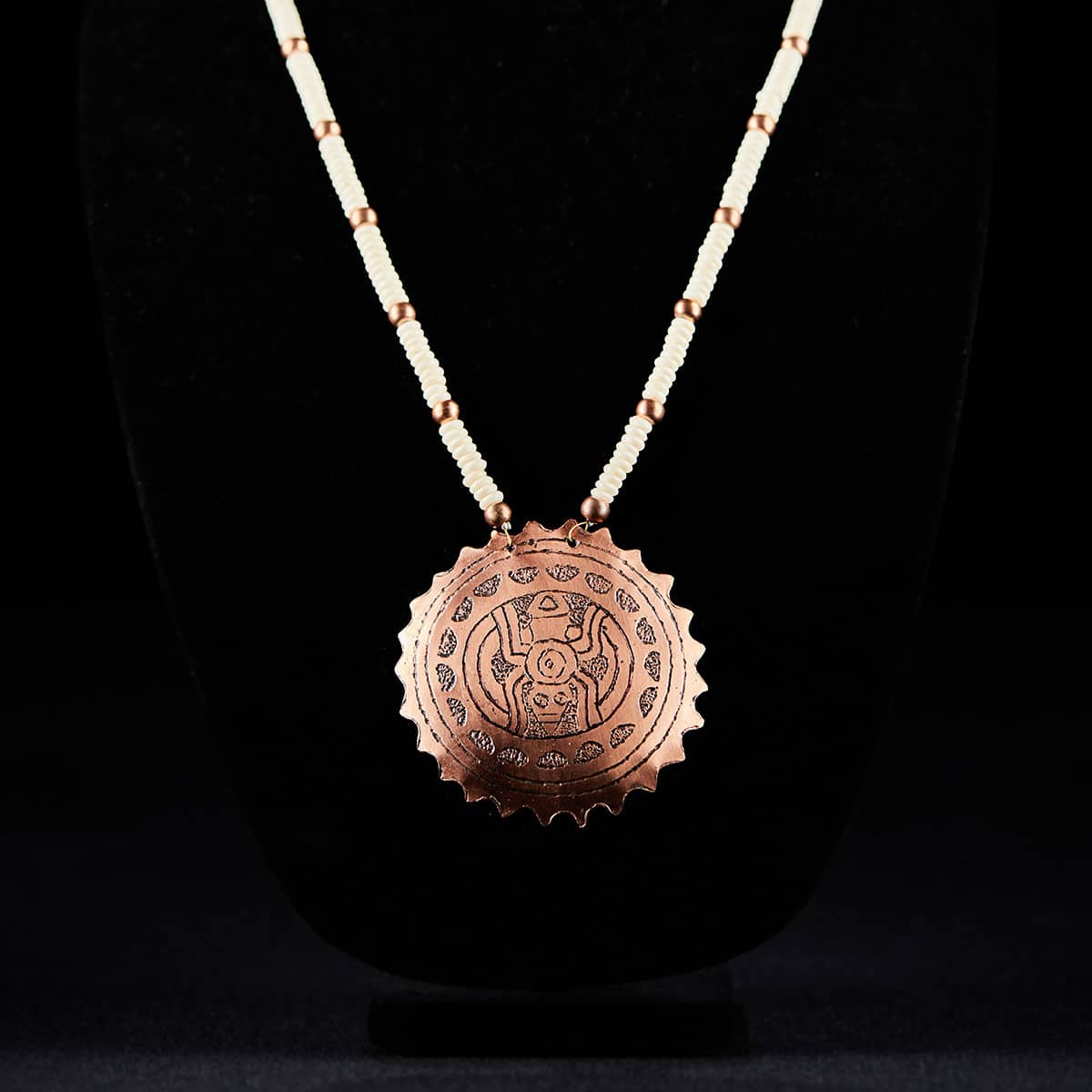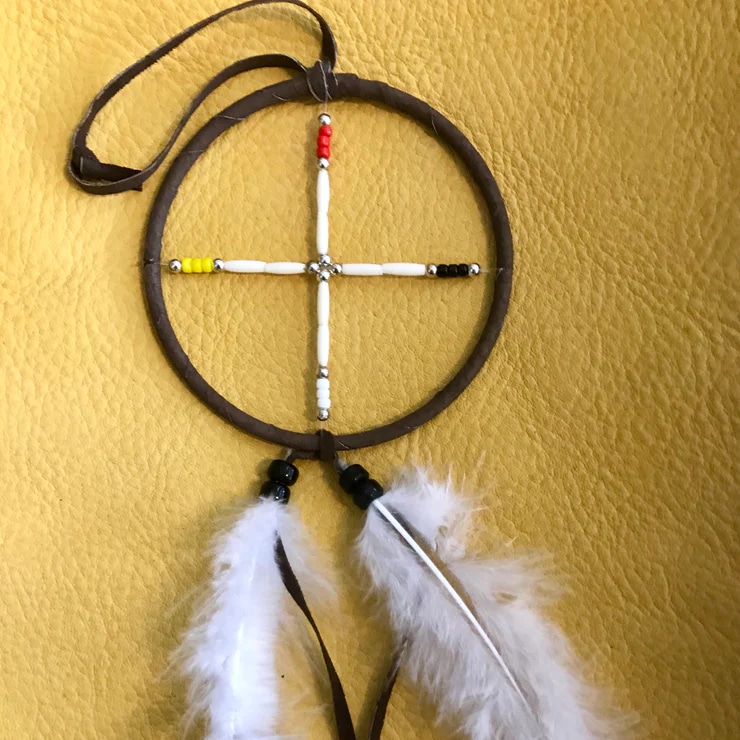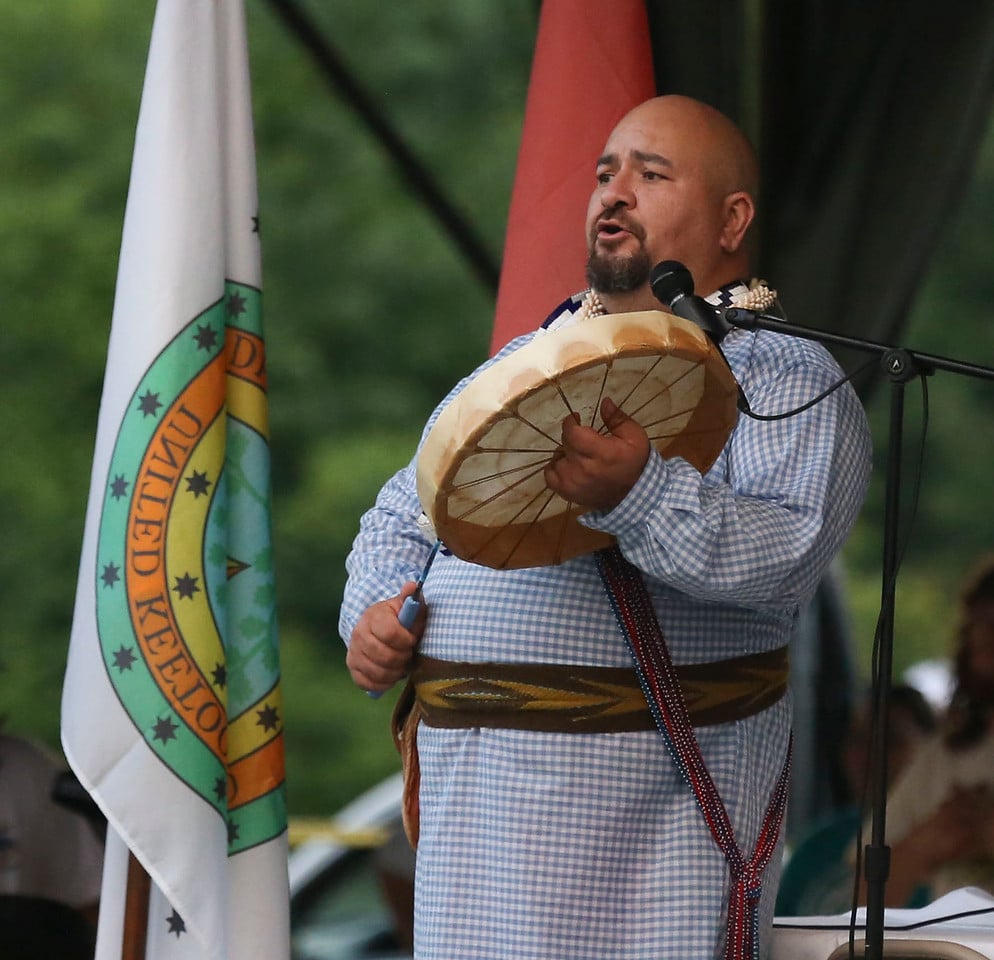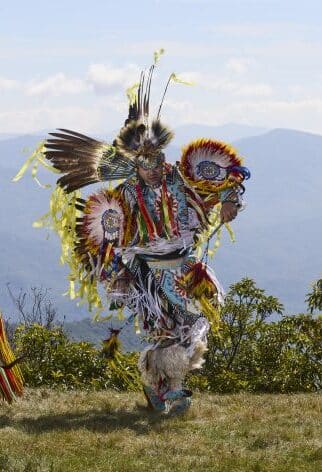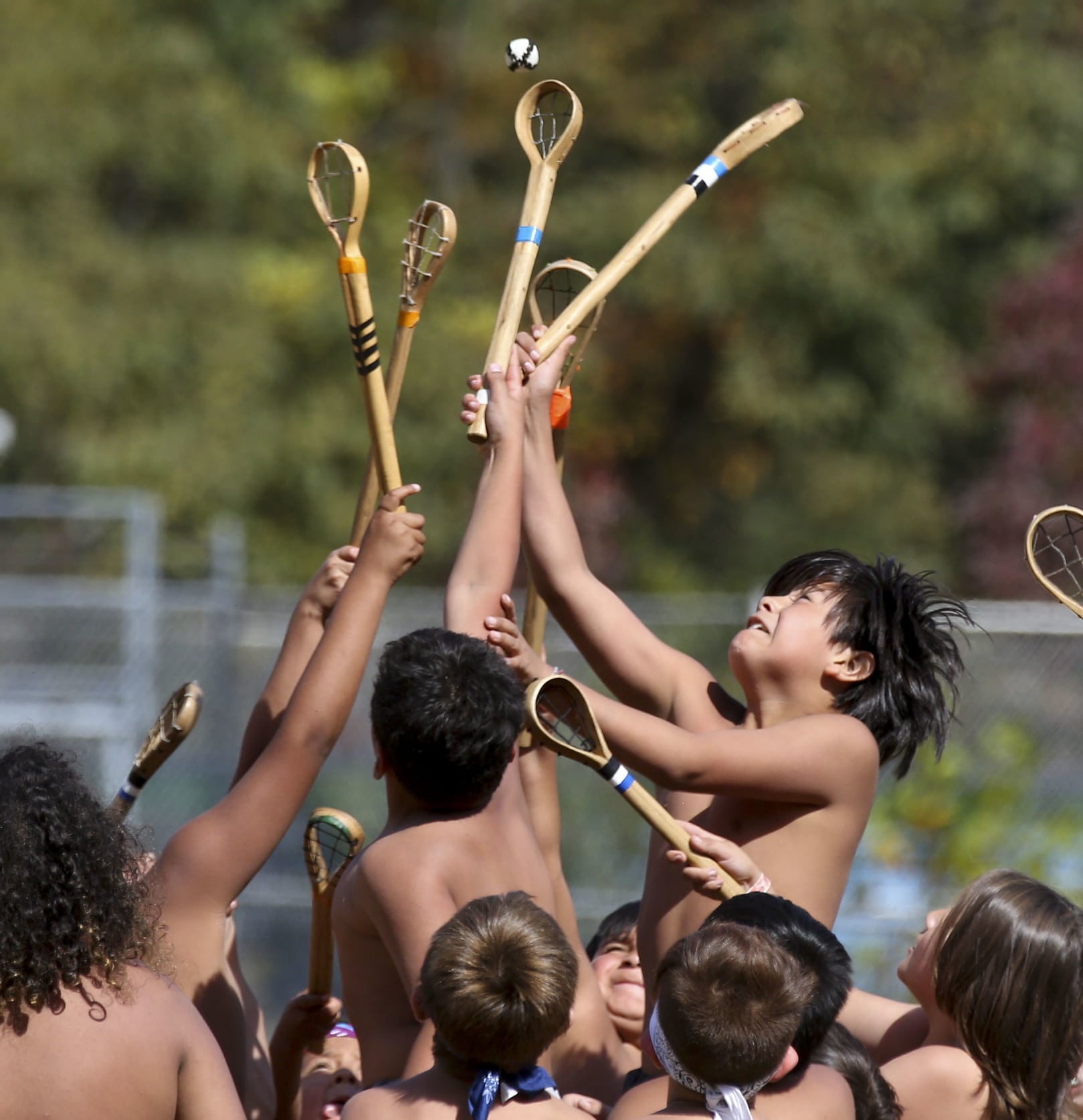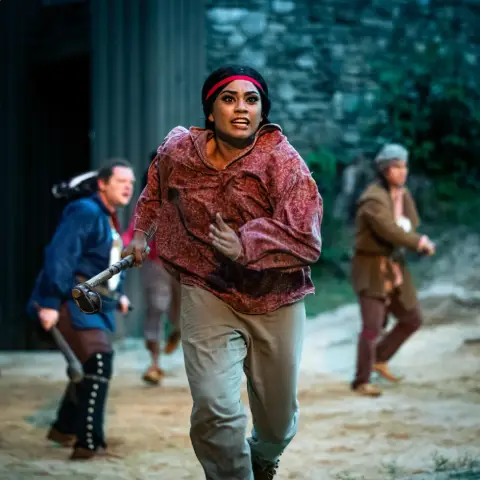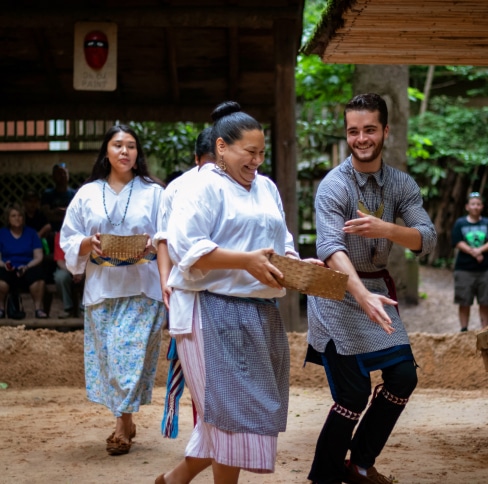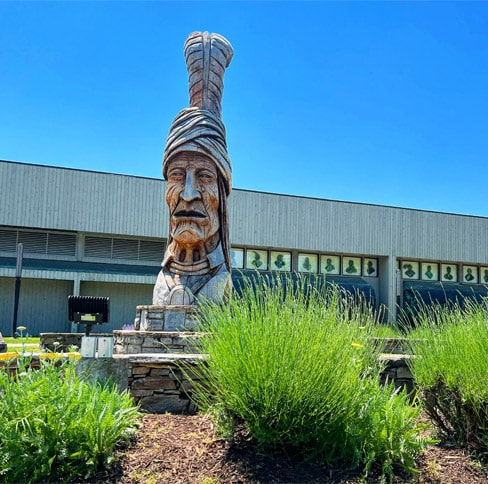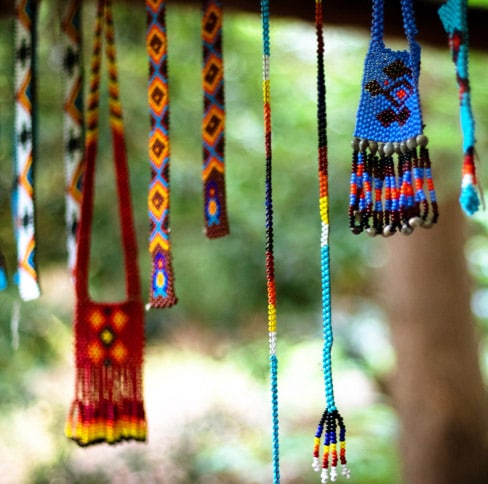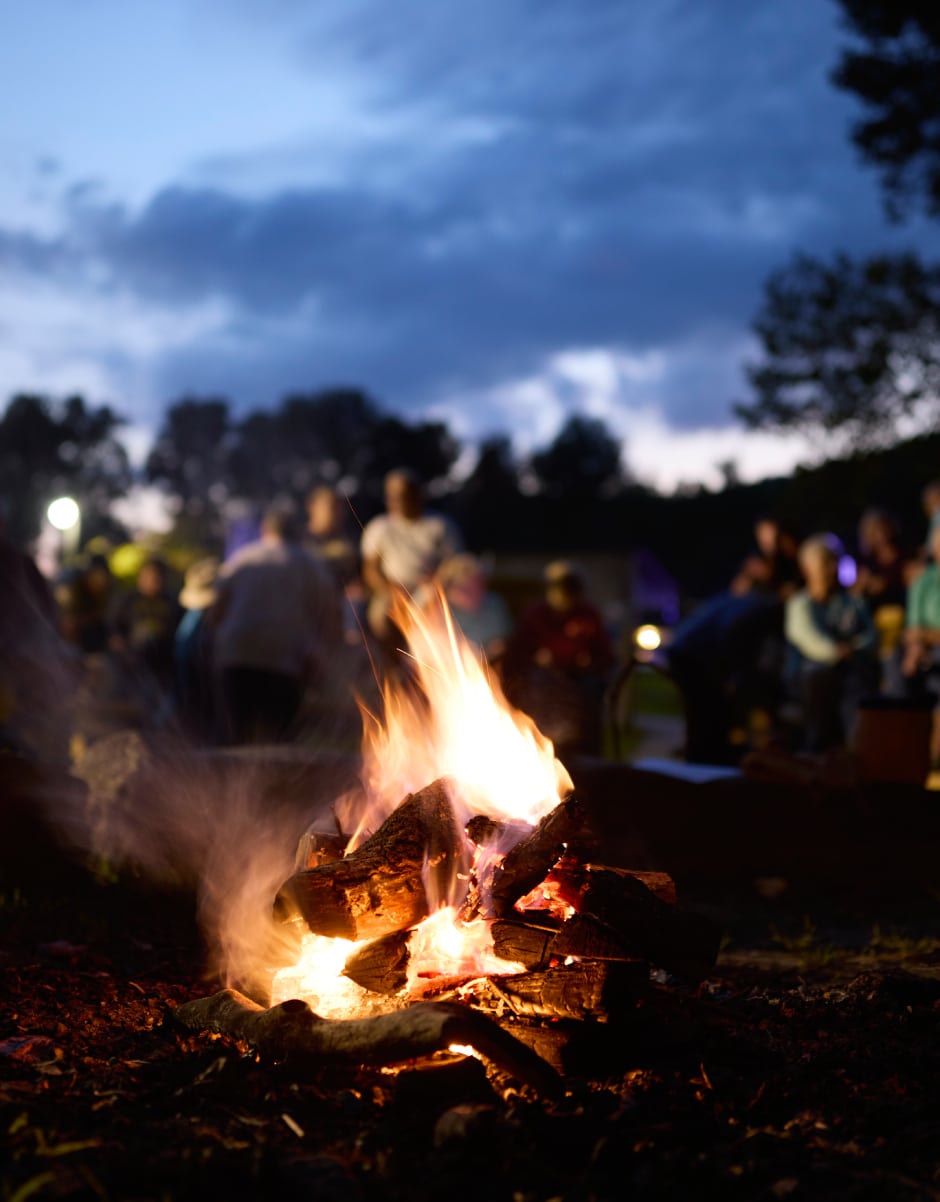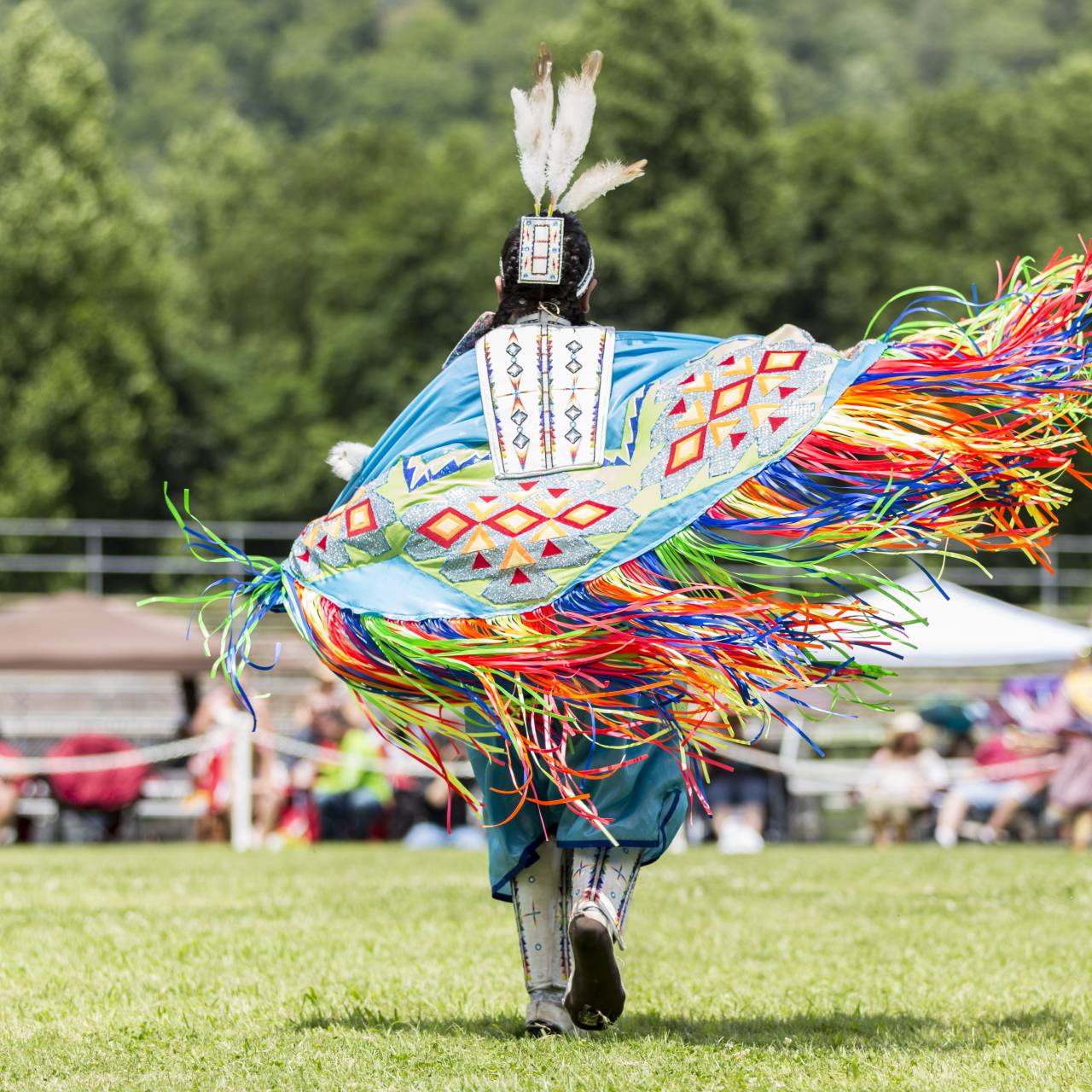The Cherokee Culture
The culture of the Cherokee people is a rich, deep narrative that yearns to be explored.
We are cherokee.
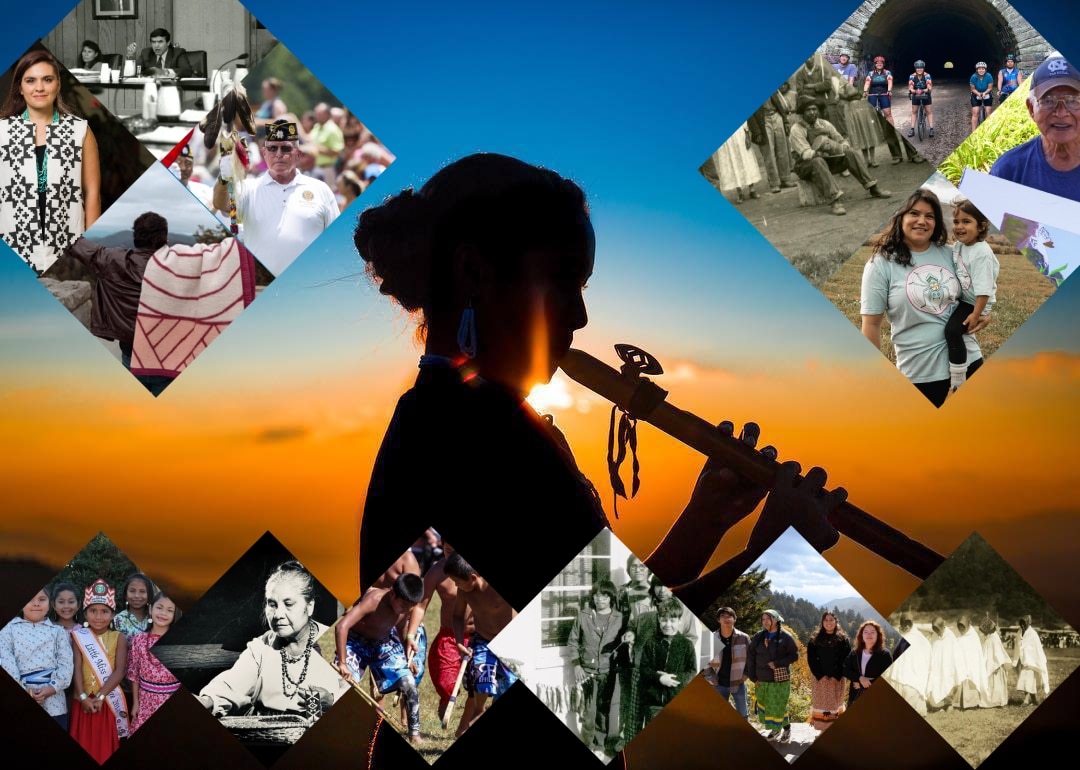
The Cherokee people are strong, resilient, and creative. This description rings true today as much as it did yesterday.
Much has changed in today’s Cherokee from that of times past, yet many things have stayed the same, especially when it comes to the strength of character of the people, fishing the rivers, living as a tight community, supporting the good of the tribe, educating the young, and loving the land. In other words, the really important things are still here. The native tribal members living in Cherokee today are descendants of the Cherokees who were able to hold on to the land, hide in the mountains, or eventually return to Western North Carolina.
Delicately, carefully protected by the Cherokee Preservation Foundation, Cherokee culture can be seen as a book filled with 11,000 years of artistic invention and intellectual achievement, survival and perseverance, featuring a peace-loving people who proudly dealt with the savagery of war and overcame. But that barely scratches the surface of what makes Cherokee culture a treasure for the curious traveler.
Get to know the Eastern Band of Cherokee Indians
The Eastern Band of Cherokee Indians is a sovereign nation with over 15,000 enrolled members. The remarkable legacy of the Cherokee nation is one that reflects a people who remain strong, even in the face of great conflict. Cherokees have always held true to their robust values and deeply rooted principles. Revolving around a deep reverence for the natural world and our connection with it, ancient Cherokee values teach us to continually respect our earth and one another. The Cherokee people hold sacred these ancient truths while they continue to espouse the reinvention of what it means to be Cherokee in our modern world.
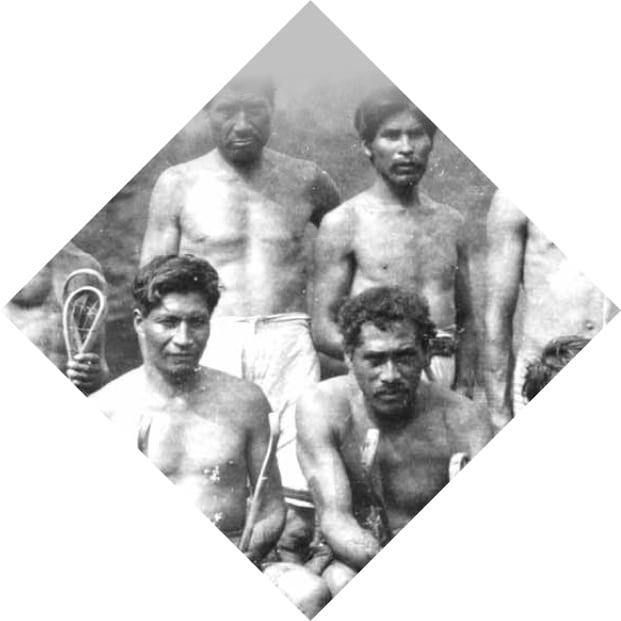
History
Cherokees begin a story the way their people have for generations. It’s only fitting to start the story of the Eastern Band of Cherokee Indians the same way.
The Cherokee Seven Clans
The Cherokee Seven Clans are a traditional social organization of Cherokee society. Customs of the Cherokee Clans have evolved since ancient times; however, traditionalists still observe clan customs regarding marriage and certain social events. The Cherokee society is historically matrilineal, meaning clanship is passed through the mother. Among the Cherokees, women were considered the head of household, with the home and children belonging to her should she separate from her husband. The knowledge of a person’s clan is important for many reasons; one of those reasons is that among Cherokee traditionalists today, it is forbidden to marry within one’s clan as clan members are considered brothers and sisters. Knowledge of a person’s clan is also important when seeking spiritual guidance and in traditional medicine ceremonies, as it is necessary to name the clan.
Bibliography Mooney, James. Myths of the Cherokee. Mineola, NY: Dover Publications, 1995: 507-548. Cherokee Nation Cultural Resource Center Cherokee, Graphic Arts Center Publishing
Language
Proof of perseverance.
In the 1800s the Cherokee tribe went through three major changes, including the development and adoption of a written constitution and the invention of a written Cherokee language. The devastating third change happened in 1838 when the majority of the Cherokee people were removed from Western North Carolina, Georgia, Tennessee, and Alabama and forcibly relocated to Oklahoma by the federal government of the United States. This removal is what began the Trail of Tears, one of the most painful parts of Cherokee history and culture.
In 1879 in Carlisle, Pennsylvania, Captain R.H. Pratt opened the first Native American boarding school to forcibly acculturate Indians to mainstream white society. “Kill the Indian and save the man,” Pratt said. Toward this goal, Indian children throughout North America were taken from their homes and families, given “white” names, wardrobes, and haircuts, and forbidden to speak any language but English. Yet today, their language still flourishes. This achievement continues to be an inspiration to all of us, reminding us of the Cherokee people’s great will to survive and carry on their richly distinctive culture against great odds.

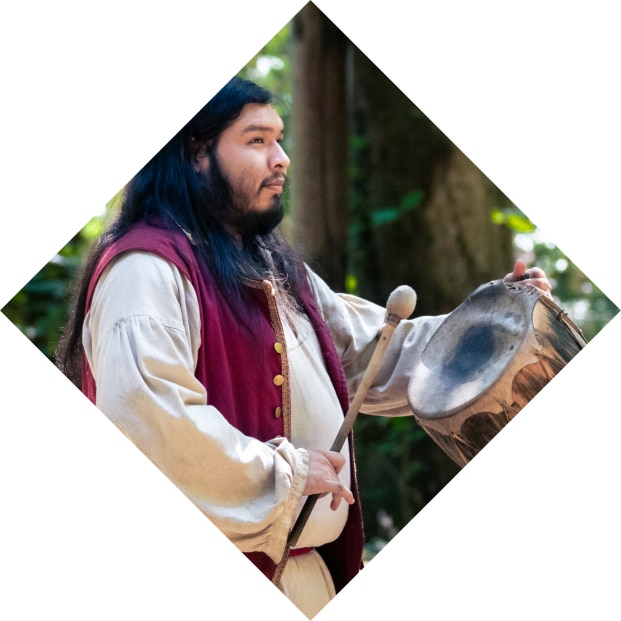
Music
Cherokee music to rouse your spirit.
Cherokee music has been influenced by many other cultures and includes a wide variety of instruments. Flutes, drums, and rattles are some of the most ancient. As music in America has evolved, so has Cherokee music. Over time Cherokee music has come to include the fiddle, percussion tools, guitar, mandolin, and many more instruments. Cherokee musicians play everything from traditional Native American music, to bluegrass and rock and roll. In Native American history, music is considered sacred; it is often used for healing and building community connections. Tribes carry on their musical traditions by passing them down to the next generation.
Dance
The Warriors of AniKituhwa. Moving to the beat of an ancient drum.
The Warriors of AniKituhwa bring to life the Cherokee War Dance and Eagle Dance as described by Lt. Henry Timberlake in 1762. Designated as official cultural ambassadors by the Tribal Council, the dancers have performed at Colonial Williamsburg, the National Museum of the American Indian, and throughout the United States.
These spirited Cherokee dancers perform pieces traditionally meant to celebrate men going off to war, and which also were performed as statements endorsing the meetings with other nations in the interest of diplomacy and peace. The Warriors perform other traditional dances such as the Bear Dance, the Beaver Hunting Dance, and the Friendship Dance.
For more information about the Warriors of the AniKituhwa, contact Dawn at [email protected].
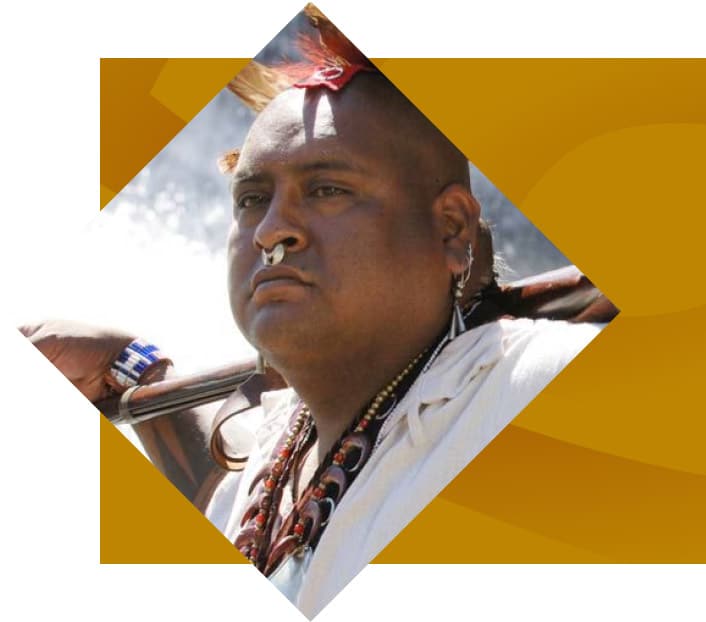
Genealogy
Find out if you’re Cherokee. Learn about Cherokee genealogy.
Many people want to know about becoming a Tribal Member based on a relative being Cherokee or of Cherokee descent. Enrollment in the Eastern Band of Cherokee Indians is governed by Cherokee Code, Chapter 49, Enrollment, and restricts enrollment to the following:
The Enrollment Office provides a Cherokee genealogy research service searching records prior to the 1924 Baker Roll. These records date back to 1835 and enumerate the members of the Eastern Band of Cherokee Indians within the limits of North Carolina, Tennessee, Georgia, and Alabama. This service does not aid in determining eligibility for enrollment with the Eastern Band of Cherokee Indians. Cultural and Ceremonial Questions: If you have an inquiry about the cultural practices or ceremonies of the Eastern Band of Cherokee Indians please contact the Tribal Cultural Resources Department at 828.497.1584.
Other Cherokee Contacts: Cherokee Nation of Oklahoma P.O. Box 948 Tahlequah, OK 74465 Main Office – 918.456.0671 Website – Cherokee.org
Legends
The cherished legends of the Cherokee tribe are many. In fact, there are far too many important ones to list them all in a short summary. Yet, here are a few that continue to delight and stir both the Cherokee people and Cherokee cultural enthusiasts.
Aniyvdaqualosgi or Ani-Hyuntikwalaski
These storm spirits are thought of as “Thunderers” who live in the sky and command thunder and lightning. They take on human form. These creatures are powerful and dangerous against certain forces, but generally thought to be friendly to humans.
Jistu
Pronounced jeese-do: A rabbit whose name is pronounced similar to “jeese-doo.”
Nunnehi
Pronounced nun-nay-hee (“travelers”): These creatures take the form of friendly spirits. They are known to be especially sympathetic to the Cherokee people. Nunnehi are very strong, and historically interceded in battles on the Cherokees’ behalf. Like Yunwi Tsunsdi, Nunnehi are usually invisible but sometimes show themselves to humans in the form of regal warriors. Their name is pronounced similar to nun-nay-hee.
Tlanuwa
Pronounced tlah-noo-wah: In Cherokee legend, these giant birds of prey have impenetrable metal feathers. Their Cherokee name is pronounced tlah-noo-wah.
Tsul’kalu:
A great giant of Cherokee legend, whose footprints could sometimes be seen along the banks of the Tuckasegee.
Uktena
Pronounced ook-tay-nah: Dragon-like horned serpents of Cherokee legend, the original Uktena was said to have transformed from a man in his unsuccessful attempt to destroy the sun. Many Cherokee tales about the Uktena have to do with Cherokee heroes slaying one of these giant horned beasts. They are said to be dangerous and malevolent deadly monsters that seek to destroy their prey.
Unetlanvhi
Pronounced oo-net-la-nuh-hee: The Cherokee word for God or “Great Spirit,” is Unetlanvhi is considered to be a divine spirit with no human form. The name is pronounced similar to oo-net-la-nuh-hee.
Yanudinehunyo
“Where the Bears Live”: About a mile above the junction between the Oconaluftee and the Tuckasegee rivers, there is a place where the Cherokee say the water bears live at the bottom of the river in a deep hole. There is a pond nearby that the Cherokee call Yanunatawastiyi (“where the bears wash”), which is said to have purple water and is now nearly dried up. This was the bears’ wallowing spot and was said to have great powers.
Yunwi Tsunsdi
Pronounced yun-wee joon-stee or yun-wee joon-stee-gah: Literally translated as “little people,” Yunwi Tsunsdi is a race of small humanoid nature spirits, sometimes referred to in English as “dwarves” or “fairies.” Usually invisible, they sometimes reveal themselves as miniature, child-sized people. The Yunwi Tsunsdi are benevolent spirits who sometimes help humans in Cherokee stories. They are also imbued with powers and may punish people who are disrespectful toward them. The singular form is Yvwi Usdi (yun-wee oon-stee.)
Delve into the rich tapestry of the Cherokee people
Explore our curated collection of information on Cherokee traditions and heritage.

